What Is ETI in AWS Data Engineering
AWS Data Engineering is at the heart of how modern organizations manage and use data in the cloud. With digital transformation driving massive volumes of information, businesses rely on scalable platforms to process, move, and make sense of their data. Amazon Web Services (AWS) offers a full suite of services that data engineers use to build efficient, secure, and automated pipelines. At the center of these workflows is the concept of ETI, which stands for Extract, Transform, and Ingest.
Whether you're building data lakes, preparing datasets for analytics, or enabling real-time reporting, understanding ETI is critical. It is one of the most foundational concepts in cloud-based data engineering. For professionals or students starting their journey, a solid grasp of ETI is essential, especially when enrolling in an AWS Data Analytics Training program that focuses on real-world scenarios.
What is ETI in AWS
ETI stands for Extract, Transform, and Ingest. It refers to the set of processes that move data from its original source to a destination where it can be analyzed or used by applications. These three steps form the core of modern data pipeline architecture.
Extract
This is the process of pulling raw data from various sources. These sources could include on-premises databases, APIs, log files, cloud applications, or even real-time IoT sensors. On AWS, extraction can be performed using services like AWS Glue Crawlers, AWS Database Migration Service (DMS), and simple file uploads to Amazon S3.
Transform
Once the data is extracted, it needs to be cleaned, formatted, and enhanced. This could involve removing duplicates, handling missing values, standardizing formats, or applying business logic. AWS offers services such as AWS Glue Jobs, AWS Lambda, and Amazon EMR to handle transformation at both small and large scales.
Ingest
After transformation, the data is ingested into a storage system or a destination service where it becomes accessible for analytics and reporting. This destination could be a data warehouse like Amazon Redshift, a data lake on Amazon S3, or a streaming platform like Amazon Kinesis. Ingestion ensures that data flows continuously and is ready for real-time or batch use cases.
For those pursuing an AWS Data Engineer online course, ETI is usually introduced early in the curriculum. Understanding how these stages function independently and together allows learners to design more effective data workflows. Courses often include hands-on projects using AWS tools, helping students practice building pipelines that extract, transform, and ingest real datasets.
ETI vs ETL and ELT
Many people are familiar with ETL (Extract, Transform, Load) and ELT (Extract, Load, Transform), but ETI is subtly different and more aligned with cloud-native architectures.
ETL is a traditional method used when transformations happen before data is stored. It is common in legacy systems where storage is expensive or limited.
ELT is more modern and used in systems where large volumes of data are loaded first and transformed later within the data warehouse.
ETI separates ingestion as a distinct phase. This distinction matters in real-time applications, where data is not simply loaded once but flows constantly into the system. With ETI, the ingestion step can involve continuous streaming and synchronization, which is increasingly important in today’s fast-moving data environments.
AWS Services Supporting ETI
AWS provides an ecosystem of tools that work together to implement ETI pipelines.
For Extraction
• AWS Glue Crawlers detect and catalog data
• AWS DMS moves data from traditional databases to the cloud
• Amazon S3 supports scalable data uploads
For Transformation
• AWS Glue Jobs allow complex data reshaping
• AWS Lambda performs real-time, lightweight transformations
• Amazon EMR handles large-scale processing using Spark or Hadoop
For Ingestion
• Amazon Kinesis Firehose streams data directly into storage
• Amazon Redshift offers fast access for structured data
• Amazon S3 serves as a scalable and reliable data lake
Each service can operate independently or as part of a larger pipeline, offering flexibility for different data workloads.
Professionals who undertake AWS Data Engineering training often work with these services as part of their capstone projects. Hyderabad, being a tech hub, offers many opportunities to gain real-time experience with AWS tools in industry-relevant environments. From smart city data collection to financial analytics, ETI is implemented in projects that mirror actual business challenges.
Real-World Example of ETI
Imagine a logistics company that tracks delivery trucks using GPS. The company wants to analyze routes in real time to optimize delivery times.
• Extract: GPS data is sent from each vehicle to AWS IoT Core or Amazon Kinesis
• Transform: AWS Lambda functions process this data to calculate speed, delays, and route deviations
• Ingest: The processed data is ingested into Amazon Redshift for dashboards and reports, allowing managers to make real-time decisions
This pipeline demonstrates how ETI enables not just data management but real business outcomes.
Why ETI Matters Today
In today’s data-driven world, timely access to accurate information is a competitive advantage. ETI ensures that data moves efficiently through the stages of collection, preparation, and storage. It also supports use cases like machine learning, fraud detection, real-time alerts, and predictive analytics.
Unlike older systems that rely on batch processing, ETI supports both batch and streaming, making it ideal for modern applications. By learning how to build ETI pipelines using AWS services, data engineers can create solutions that are scalable, reliable, and fast.
Conclusion
ETI is more than just a technical process. It is a strategic approach to managing data in cloud environments. By separating extraction, transformation, and ingestion, organizations gain more control and flexibility in how they handle data. Whether you are just starting out or deepening your skills through an AWS Data Engineer online course, understanding ETI is essential.
As the demand for cloud-native data solutions continues to grow, mastering ETI will place you at the forefront of innovation. If you are considering AWS Data Engineering training in Hyderabad, make sure ETI is a key part of your learning journey.
TRANDING COURSES: AWS AI, CYPRESS, OPENSHIFT.
Visualpath is the Leading and Best Software Online Training Institute in Hyderabad. For More Information about AWS Data Engineering Course Contact Call/WhatsApp: +91-7032290546 Visit: https://www.visualpath.in/onli....ne-aws-data-engineer





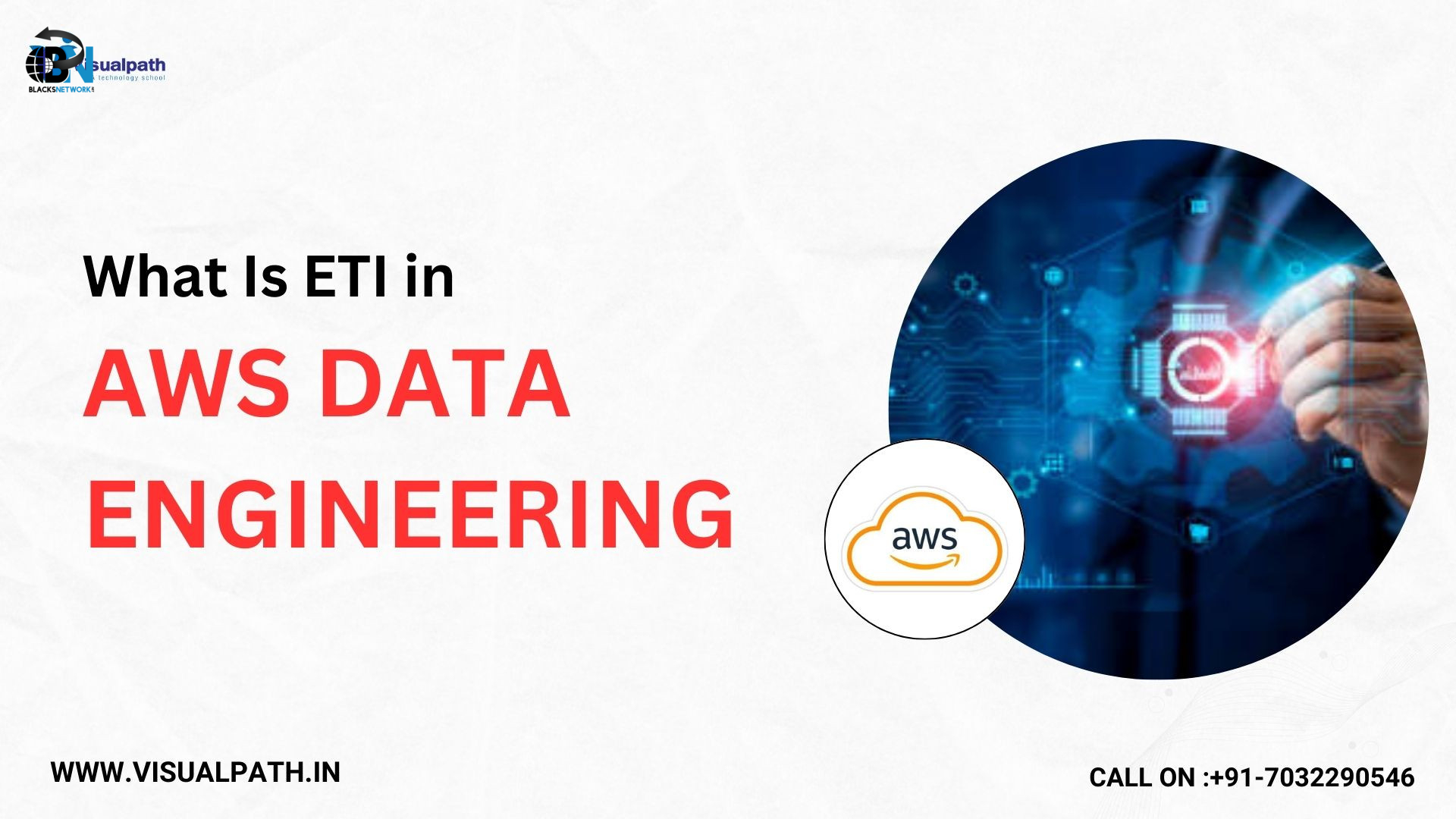
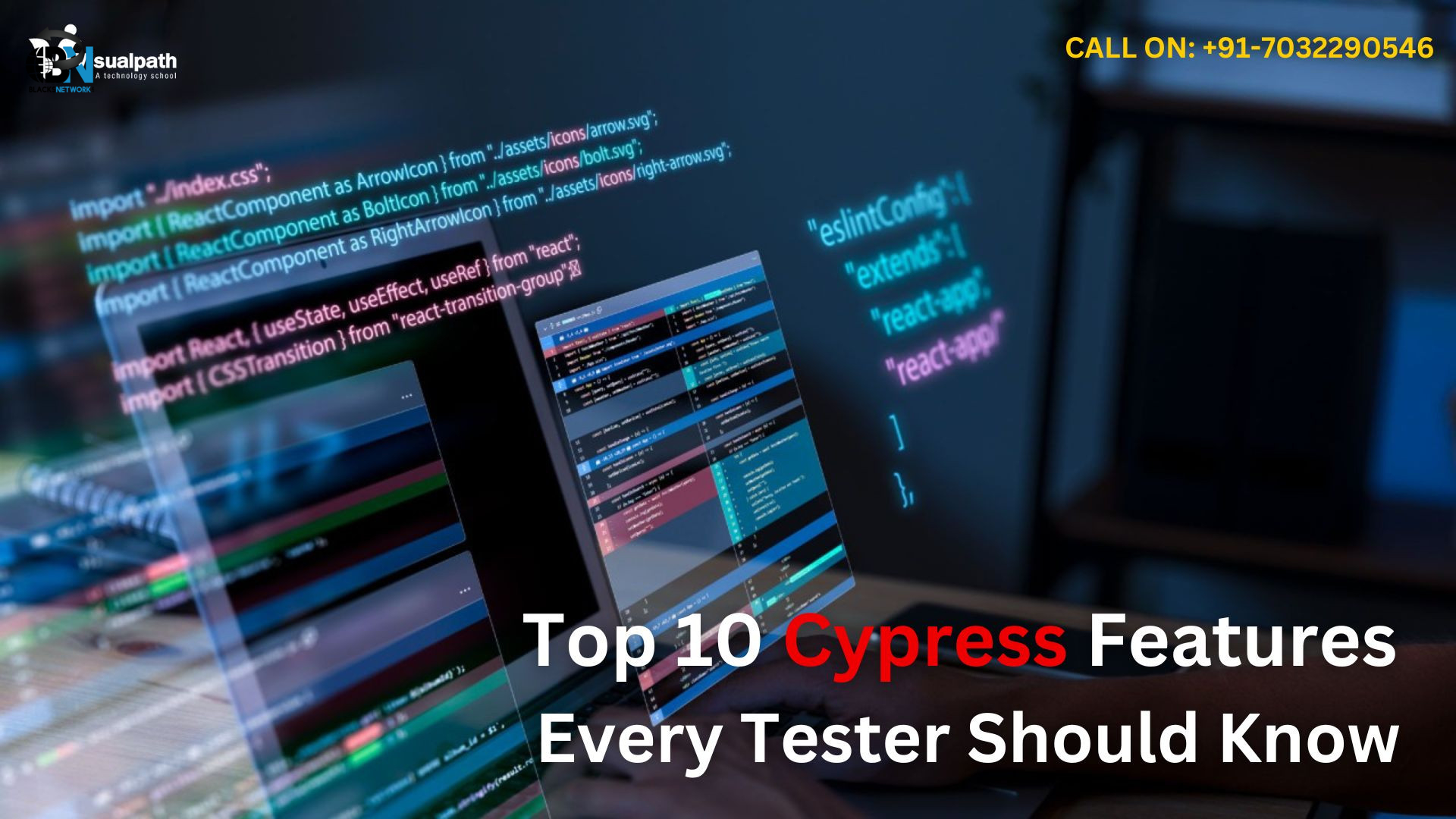
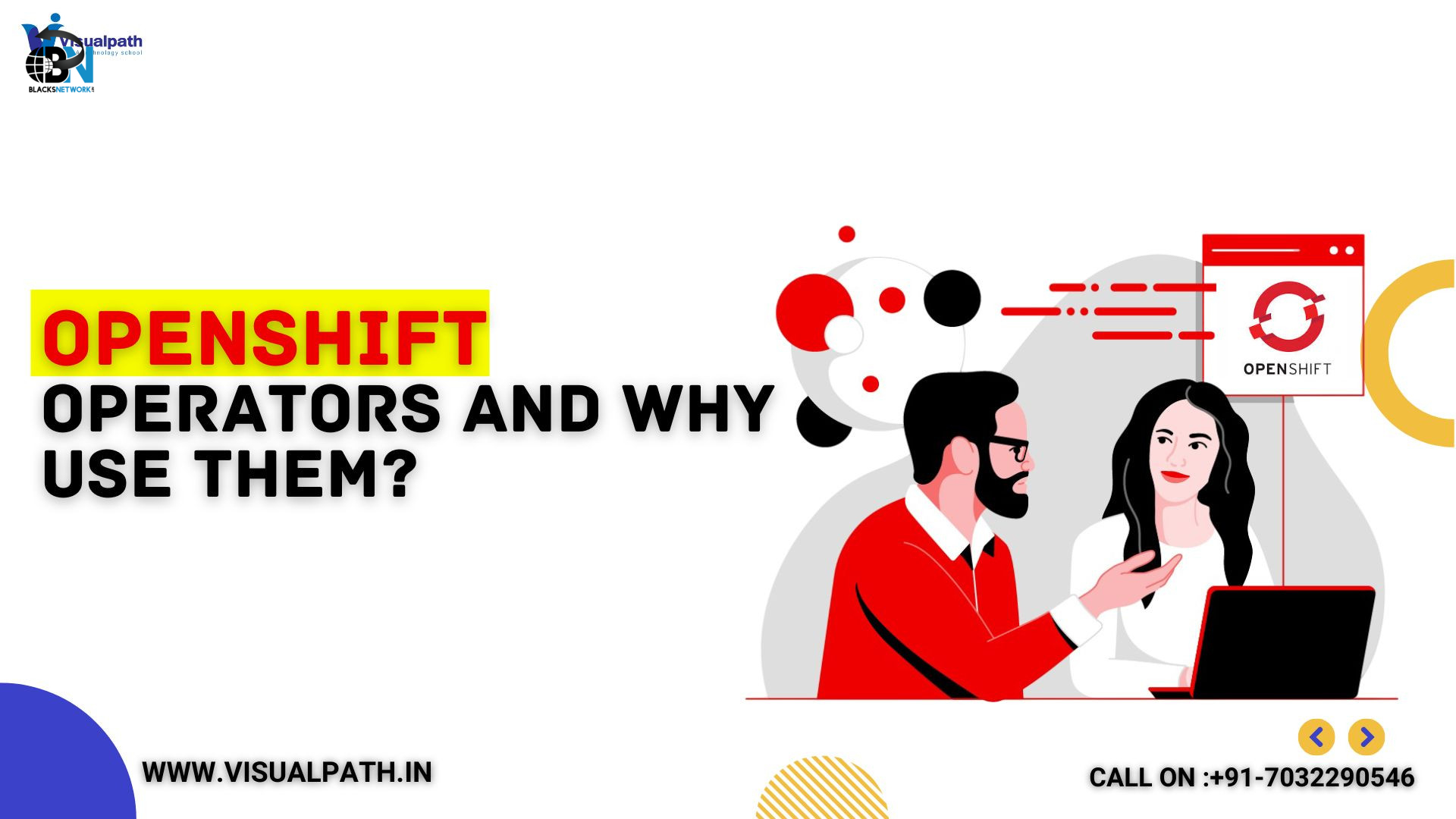
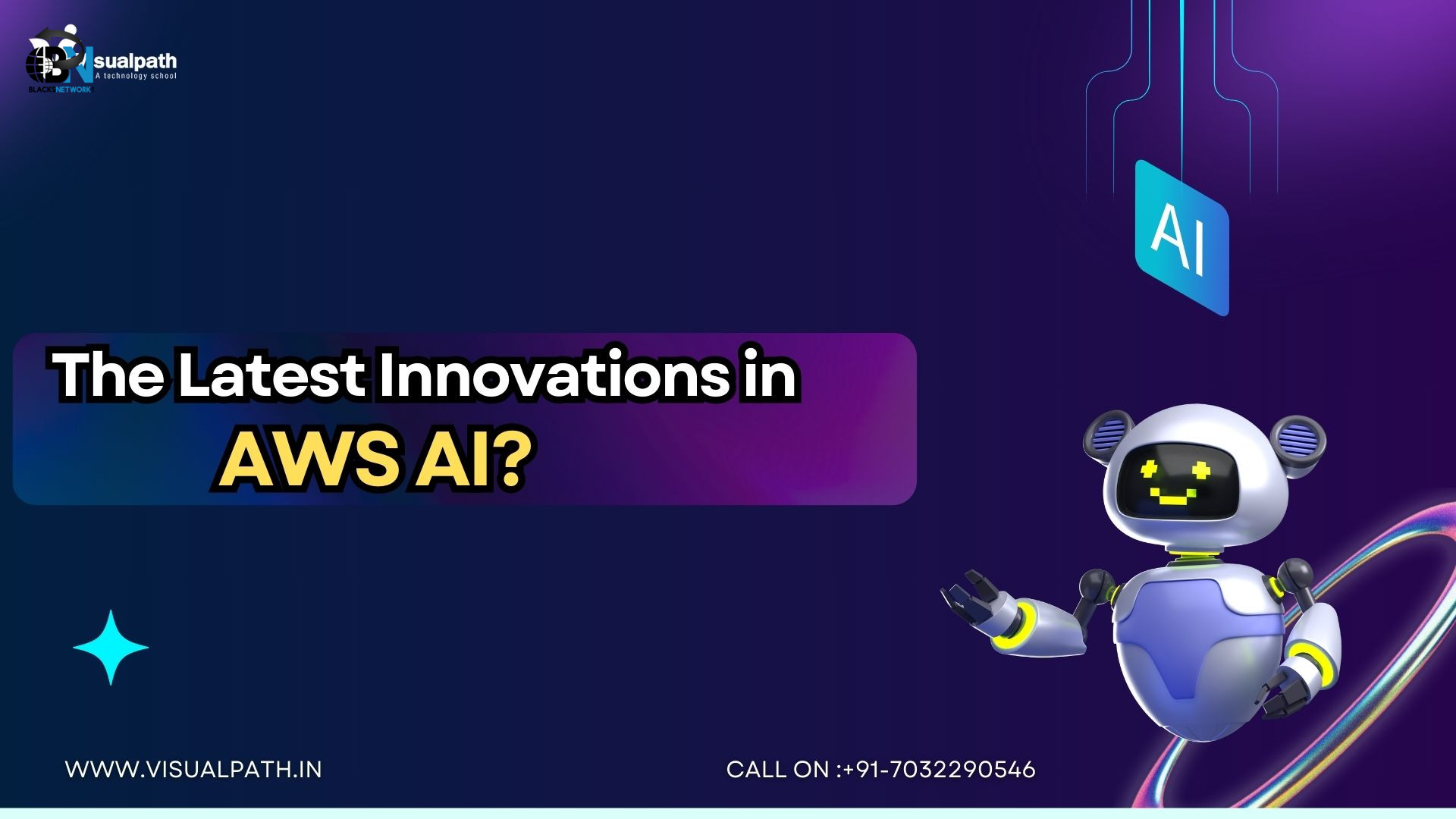
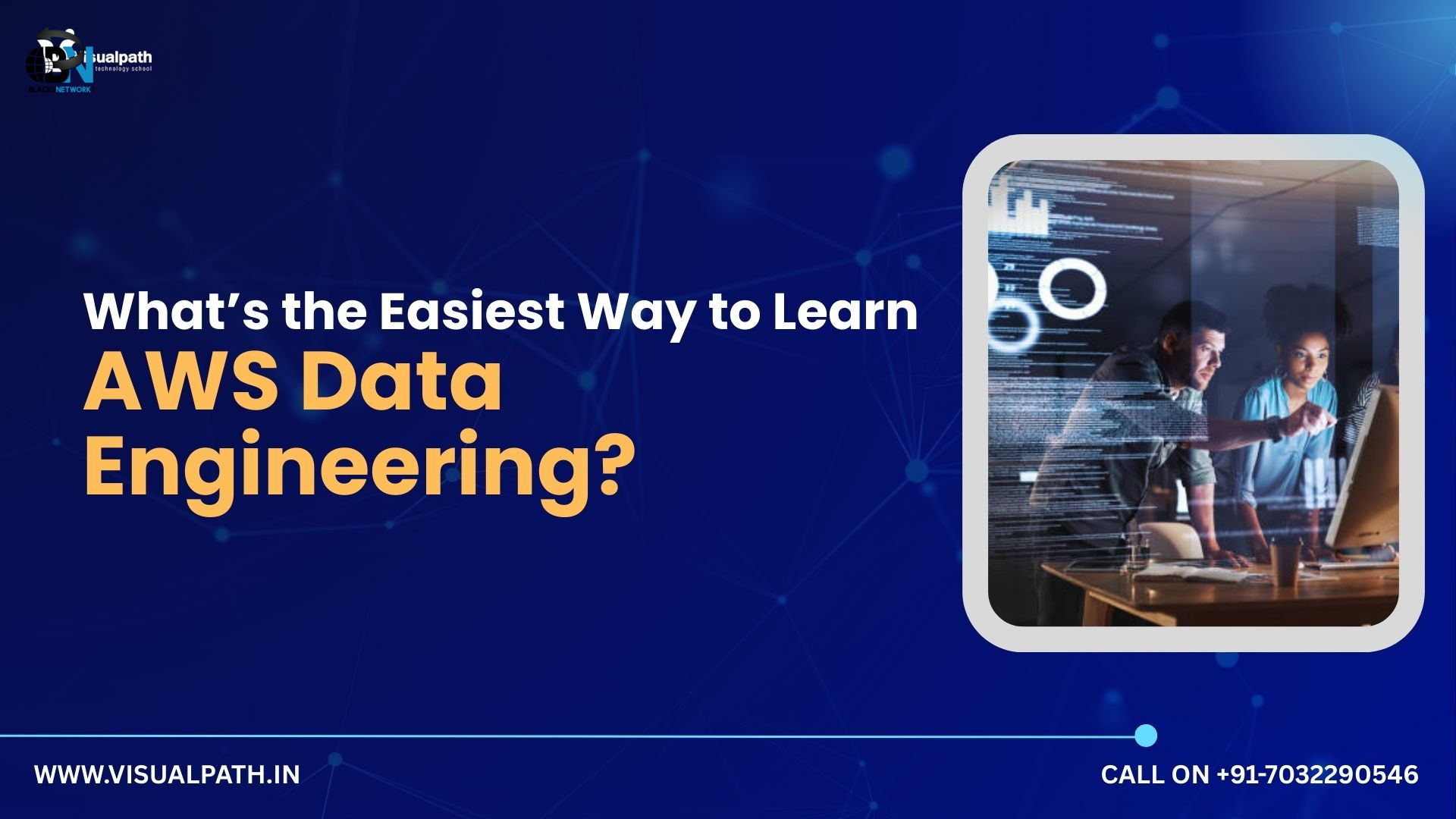












 1 (877) 773-1002
1 (877) 773-1002